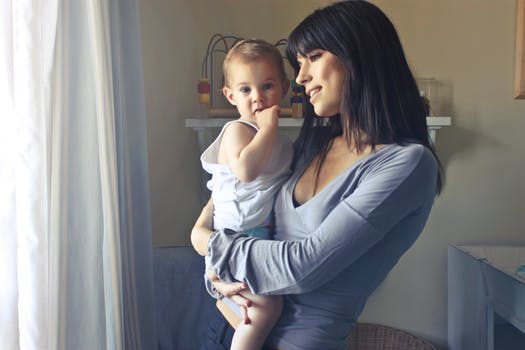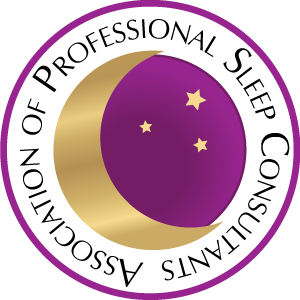 Day naps, a tough activity to master! for both baby and parent!
Day naps, a tough activity to master! for both baby and parent!
Tell me if this scenario sounds familiar…
Your baby wakes up in the morning after a solid nights sleep. You change her, feed her, play with her for a little bit, take her for a little walk outside, then rock her to sleep and put her gently into her cot for her morning nap.
And then, 30 minutes later, she wakes up fussy and irritable and, despite your pleading, bargaining, and offers of riches, refuses to go back to sleep.
So after half an hour of trying to put her back down, you finally give in, hoping she’ll be that much more tired when her afternoon nap rolls around, only to have the exact same scenario play out again, and baby is a cranky ball of unhappiness for the rest of the day – and chances are, so are you.
Sleep, like food, is one of those elements where baby’s got the final say on whether or not they’re going to cooperate, so there’s no sense trying to force the issue. If they’re not sleeping, just leaving them in their room usually won’t fix things.
So here’s what’s going on, and how to fix it.
Babies, just like the rest of us, sleep in cycles. We start off in a light state where we’re easily woken up, then gradually fall into a deeper stage where even loud noises or movement might not be able to rouse us. This, incidentally, is the good stuff. This is the really rejuvenative, restful sleep where our brains and bodies do all of the maintenance work that leaves us refreshed, clear-headed and energetic.
Once we’ve come to the end of the deep-sleep cycle, we slowly start coming back to the light stage again, and typically we wake up for a few seconds and then drift off again, and the whole thing starts again.
In adults, one of those cycles typically takes about an hour and a half. In babies, it can be as little as 30 minutes.
So the fact that your baby is waking up after only 30 minutes is actually completely natural. In fact, if she wasn’t waking up regularly, that might be cause for concern.
“But,” you’re thinking, “I have friends whose babies have two or three hour day naps”. Well, that’s partially true. However, in a more literal sense, they’re stringing together several sleep cycles in a row. The only difference between their baby and your baby is…They’ve learned how to fall back to sleep on their own.
That’s it. That really is the heart of the issue.
Once your baby can fall asleep without help, they’ll start stringing together those sleep cycles like an absolute champ.
This is going to make your baby a whole lot happier. On the self-indulgent side, it will also leave you with two hours at a time to do whatever you like. Granted, as a new mother, “whatever you like” might not mean what it once did, but still, two hours twice a day to catch up on other things can feel pretty darn good.
So remember back at the start of that scenario? There you were, getting ready to put baby down for one of her day naps, gently rocking her to sleep and then putting her down in her cot.
Stop right there. That’s where you need to make some changes. In this scenario, you are acting as a ‘sleep prop’.
Sleep props are basically anything that your baby uses to make the transition from awake to asleep.
Dummies are a common example, but there are many others, including feeding, rocking, singing, bouncing, snuggling, and car rides.
Now I’m not saying you shouldn’t rock your baby, or sing to her, or read her stories, or love her like crazy. You absolutely should. Just not to the point where she falls asleep.
When it comes to bedtime, whatever time of the day that might be, put your baby down in her cot, while she’s still awake. Let her fall asleep on her own.
There might be a little bit of protest for a day or two. For the majority of my clients, the results start to materialise in about two or three days.
Think about that. Two or three days, and you and your little one could be enjoying the extraordinary benefits of proper sleep. No more short day naps, full night sleeps. She’ll be happier, healthier, more energetic, and you’ll BOTH sleep better.
Some other pointers for extending baby’s day naps
- Keep the bedroom as dark as possible. Buy some blackout blinds if the sun is getting in. If you’re on a budget, tape over any cracks where light is coming in. It doesn’t have to be pretty, it just has to be functional
- White noise machines are useful if baby tends to wake up due to the neighbour’s barking dog, the delivery guy ringing the doorbell, or any other noise that might startle them out of their nap. Just make sure it’s not too close to their ears. I would recommend putting it on the other side of the room from the cot. 50 dB is the recommended limit.





